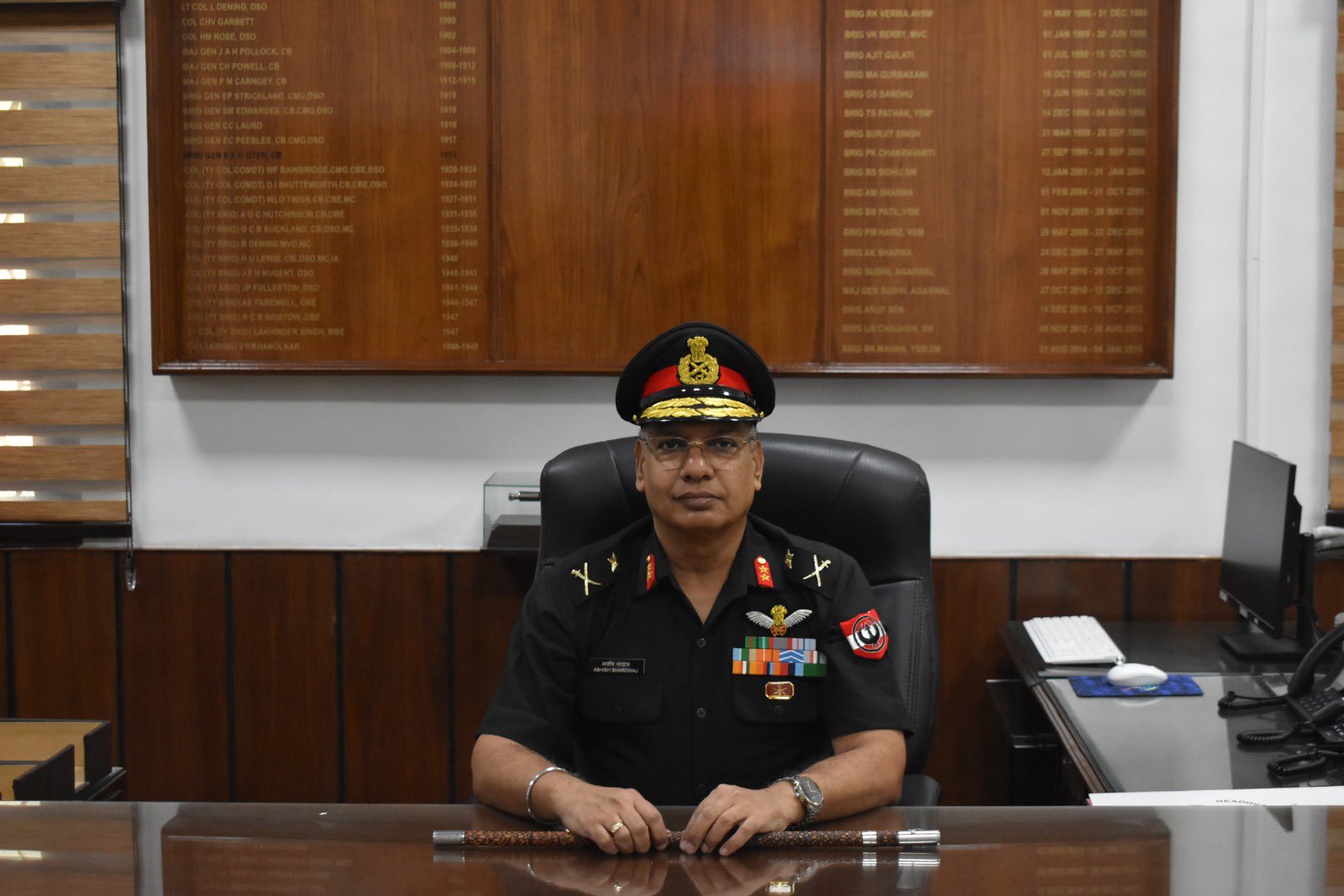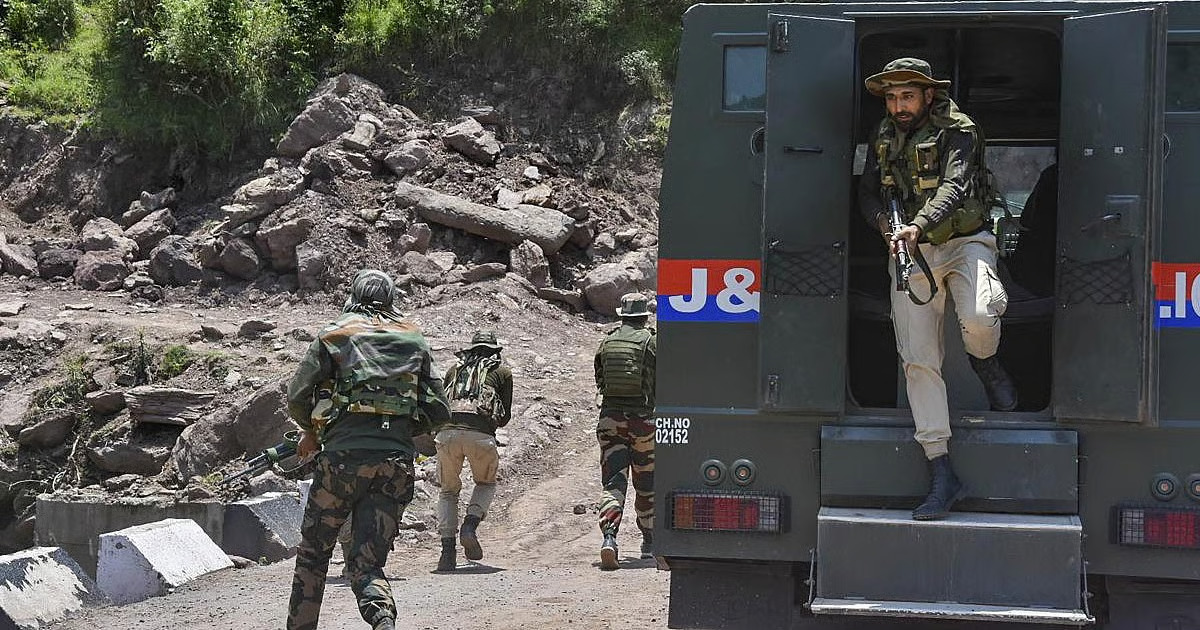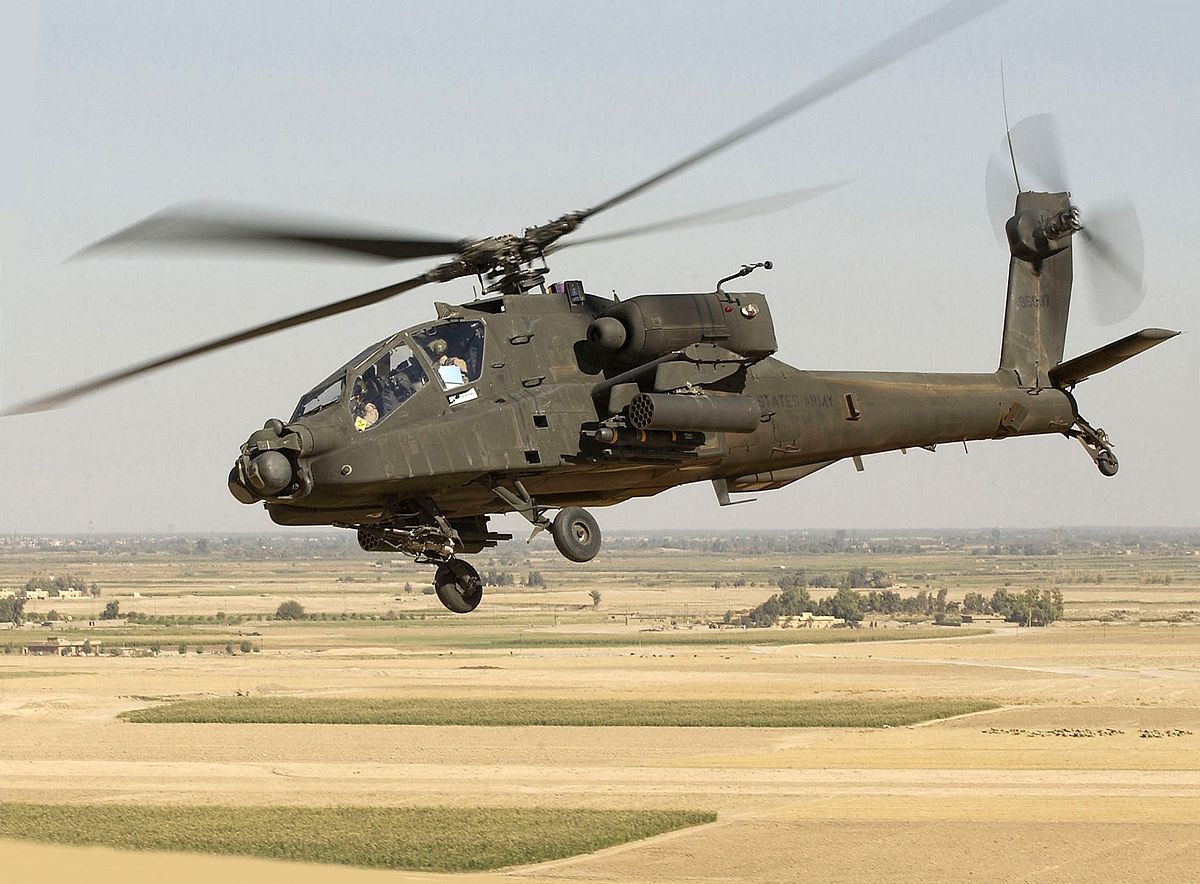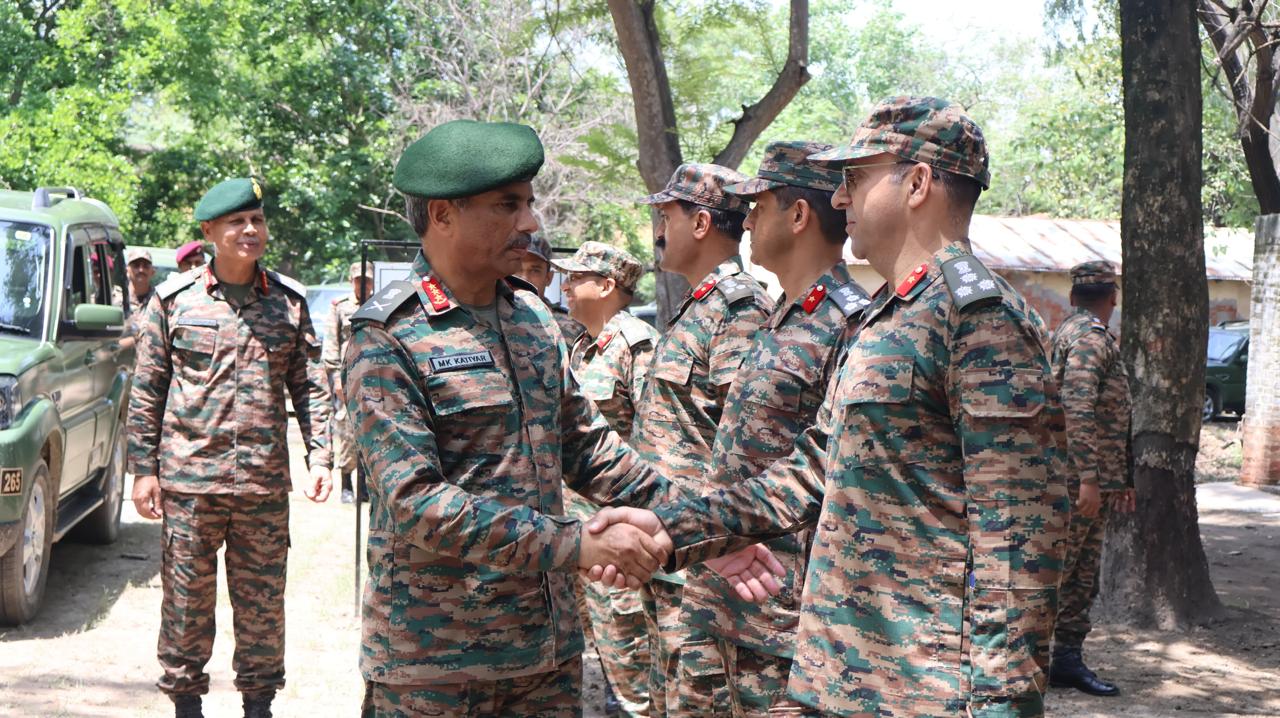Major General Ashish Bhardwaj Assumes Command of 91 Sub Area in Jalandhar
Major General Ashish Bhardwaj has taken charge as the General Officer Commanding (GOC) of the 91 Sub Area in Jalandhar,…
Op Cherji: Encounter Erupts in Kishtwar as Security Forces Track Terrorists Behind Past Attacks
An intense encounter broke out in the Hadal Gal area of Kishtwar on Sunday as part of "Operation Cherji," launched…
CBI Arrests BSF Accounts Officer for Accepting Bribe to Clear Contractor Bills
The Central Bureau of Investigation (CBI) has arrested Dharmender Kumar Verma, an Assistant Accounts Officer (AAO) posted in the Public…
Three AH-64E Apache Attack Helicopters Arrive in Jodhpur Ahead of Indian Army Induction
The Indian Army is set to induct three AH-64E Apache attack helicopters in the next two days, with July 22…
China Begins Construction of World’s Largest Dam Over Brahmaputra in Tibet
China has officially started construction of what is expected to become the world’s largest hydropower dam on the Brahmaputra River.…
Lt Gen Manoj Kumar Katiyar Assesses Readiness of Golden Arrow Division
Lieutenant General Manoj Kumar Katiyar, PVSM, AVSM, General Officer Commanding-in-Chief of the Indian Army’s Western Command, undertook a comprehensive visit…






